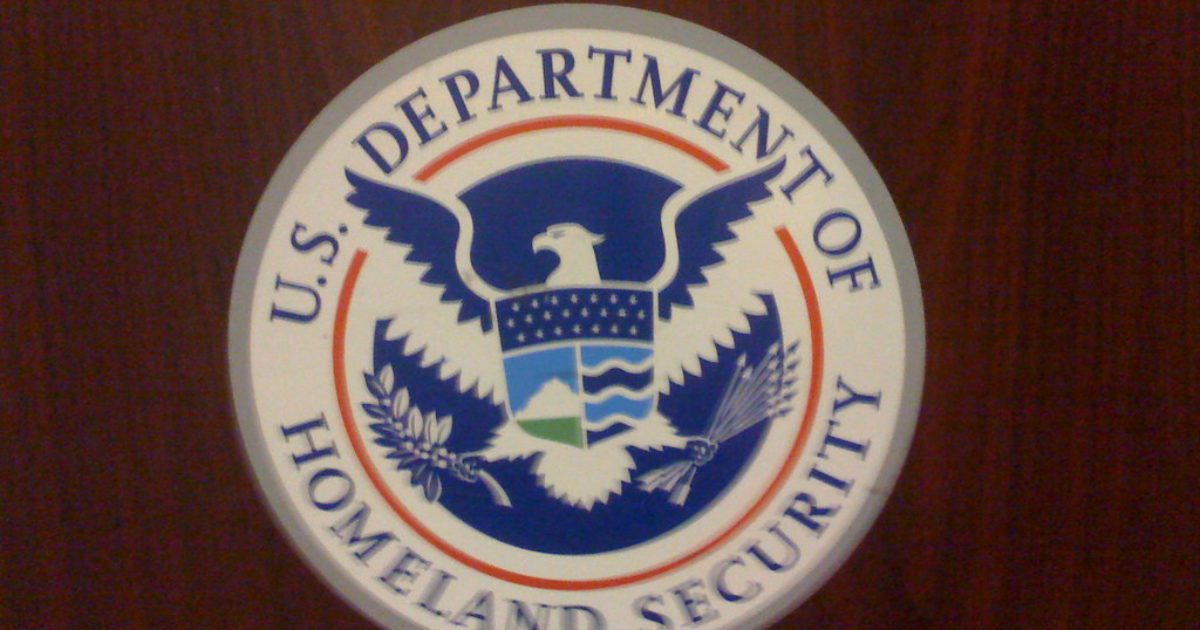It’s no secret that American cities have more liberals.
And the countryside has more conservatives.
Thus, more people who live in rural America are likely to refuse the experimental COVID-19 jabs than city folks.
Obviously, the federal government knows this too.
An online course ran by the Rural Domestic Preparedness Consortium (RDPC) has recently surfaced and may give clues to how the federal government may target rural Americans who don’t want the experimental jabs.
The RDPC is linked to the DHS (Department of Homeland Security) and the FEMA (Federal Emergency Management Agency) training system.
Here’s more info of the RDPC from ruraltraining.org
In 2004 Congress recognized a need for consistent quality training, specifically among the nation’s rural and tribal first responder communities. To address the training gaps identified, Congress authorized the creation of the Rural Domestic Preparedness Consortium (RDPC or the Consortium). In authorizing the Consortium, Congress noted “This new Consortium should provide a regional approach to rural first responder awareness level training, develop emerging training, and provide technical assistance in support of rural homeland security requirements.” (DHS 2005 Appropriations Act, Public Law 108-334; House Report 108-774).
Since inception, RDPC has remained an integral part of the DHS Federal Emergency Management Agency (FEMA) National Training and Education System, which along with other national training entities, provides training resources utilizing a Whole Community approach. RDPC has successfully trained more than 100,000 rural and tribal practitioners through multiple modalities.
The online course in question is MGT 433 Isolation & Quarantine for Rural Communities.
Here’s the course description:
This 8.0-hour, instructor-led course is designed to provide the knowledge necessary to begin planning for situations requiring the isolation and quarantine (I&Q) of a large portion of a local, rural population. This training will provide public- and private-sector emergency managers, community policy makers, public health, and public safety personnel with the general knowledge necessary to begin planning for situations requiring the isolation and quarantine of a large portion of a local, rural population. A rural community’s ability to collectively respond to an emergency requiring isolation and quarantine is not only essential to minimizing the negative impacts to the community at risk, but also to minimizing the long-term negative economic and health effects on the American public as a whole. Register for a class by selecting a class date from the Training Schedule, click on the Registration link above the course description to access a registration form for that class. Request a new class to be scheduled in your area by submitting a Request a Course form.
Immediate questions that arise are:
- What specifically does DHS plan to use this course for?
- How many officials across the country have taken the course?
With the recent developments of the Biden Administration’s intrusive and tyrannical invasion of medical privacy, there are legitimate fears of the course’s purpose.
HHS Sec. Xavier Becerra: "The federal government has spent trillions of dollars to keep Americans alive during this pandemic. So it is absolutely the government's business [to know who is vaccinated.] It is taxpayers' business if we have to continue to spend money." pic.twitter.com/iMm9UupBup
— CNN (@CNN) July 8, 2021
This plan will accomplish nothing beyond making Americans fear and despise their government.
SUBSCRIBE #TheDefender: https://t.co/zL66Edfiw5https://t.co/zf6ix3VDAO
— Robert F. Kennedy Jr (@RobertKennedyJr) July 7, 2021
https://twitter.com/pythonneil/status/1414530972243140612
https://twitter.com/Alpha_Mind7/status/1413905642440609798
MGT 433 Isolation and Quarantine for Rural Communities on Jan. 25th in Parker, AZ. Register by Jan. 11th. #traininghttps://t.co/Xgre3sS5hc pic.twitter.com/aAQVp4LoTi
— RDPC (@TheRDPC) December 15, 2016
**FREE TRAINING**
The RDPC is bringing MGT 433 "Isolation and Quarantine for Rural Communities" to Goshen, NY… https://t.co/kmqhfrG5c7
— OCEM (@NY_OCEM) March 2, 2016
The RDPC offers tuition-free online training opportunities to small, rural, and tribal jurisdictions. MGT 433-W Isolation & Quarantine for Rural Communities is one of 5 tuition-free RDPC online course offerings. Visit https://t.co/bFTk0kKzI6 for more information. pic.twitter.com/BBykFynWg6
— RDPC (@TheRDPC) March 18, 2020
Hmmm?
Sounds like rounding up the unvaccinated. Didn't Hitler have a similar plan?https://t.co/DJmMu9pkcD— In the Name of Jesus (@Sheltieman3) July 11, 2021
A Department of Homeland Security training program has provided a model for the federal government to normalize mass public quarantine measures despite the fact infections and deaths are dropping in the U.S.https://t.co/XWqB1ndAPa
— Jamie White (@WhiteIsTheFury) July 11, 2021
Infowars reported:
A Department of Homeland Security training program has provided a model for the federal government to normalize mass public quarantine measures despite the fact infections and deaths are dropping in the U.S.
A website by the Rural Domestic Preparedness Consortium (RDPC), a training provider for the Department of Homeland Security, outlines in a program called “MGT 433 ISOLATION & QUARANTINE FOR RURAL COMMUNITIES” how to begin rounding up unvaccinated American citizens for mass quarantine centers.
“This 8.0-hour, instructor-led course is designed to provide the knowledge necessary to begin planning for situations requiring the isolation and quarantine (I&Q) of a large portion of a local, rural population,” the RDPC website states.
“This training will provide public- and private-sector emergency managers, community policy makers, public health, and public safety personnel with the general knowledge necessary to begin planning for situations requiring the isolation and quarantine of a large portion of a local, rural population.”
“A rural community’s ability to collectively respond to an emergency requiring isolation and quarantine is not only essential to minimizing the negative impacts to the community at risk, but also to minimizing the long-term negative economic and health effects on the American public as a whole.”



Join the conversation!
Please share your thoughts about this article below. We value your opinions, and would love to see you add to the discussion!